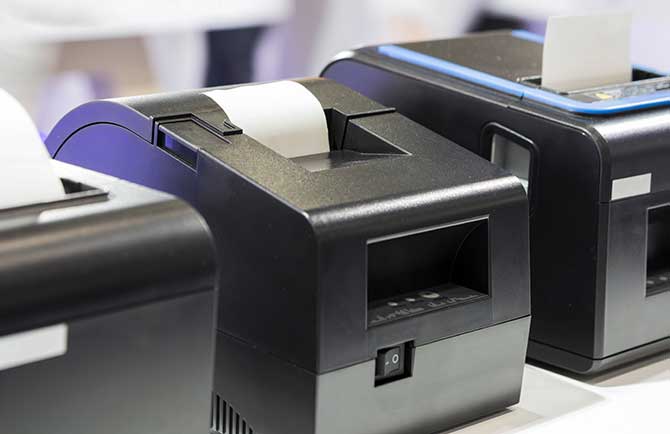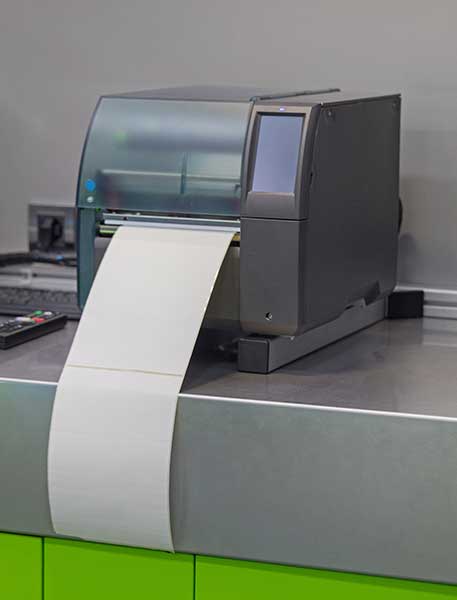What You Need To Know About Thermal Printer Ribbons
Thermal printer ribbons are consumable materials used in thermal transfer printers, which are one of the two main types of thermal printing technologies, the other being direct thermal printing. Unlike direct thermal printing, which prints directly on heat-sensitive paper, thermal transfer printing uses a ribbon to transfer ink onto the printing surface, typically paper or synthetic labels. These ribbons play a critical role in creating durable, high-quality prints that resist fading, heat, and chemicals.
Key Components of Thermal Printer Ribbons
-

Backcoat Protects the printhead from abrasion and reduces static.
-

Film Base A thin polyester film that supports the coating layers.
-

Ink LayerMade of wax, resin, or a wax/resin hybrid. The ink is transferred from this layer to the label material.
-

Release Layer Protects Ensures the smooth release of ink when heat is applied.


1000+
Satisfied Customers
Types of Thermal Printer Ribbons

Wax Ribbons
- Composition: Made primarily of wax.
- Durability: Least durable compared to other ribbon types; suitable for printing on paper labels.
- Best For: Printing on shipping labels, retail tags, and temporary labels.
- Advantages: Cost-effective and suitable for high-speed printing.

Wax/Resin Ribbons
- Composition: A mix of wax and resin.
- Durability: More durable than wax ribbons; can withstand moderate exposure to chemicals, moisture, and heat.
- Best For: Printing on semi-gloss and synthetic labels.
- Advantages: Good print quality, durability, and scratch resistance.

Resin Ribbons
- Composition: Primarily made of resin.
- Durability: Extremely durable, highly resistant to chemicals, heat, and moisture.
- Best For: Synthetic labels, harsh environments, and long-lasting labels (e.g., industrial and chemical labeling, medical devices).
- Advantages: Superior durability, perfect for outdoor use and extreme conditions.
Applications

Shipping and Logistics
Barcodes and shipping labels.

Retail
Price tags, product labeling.

Healthcare
Wristbands, lab labels.

Manufacturing
Durable labels for equipment and machinery.

Chemical Industry
Factors to Consider
Label Material
The ribbon must be compatible with the surface (e.g., paper, plastic, fabric).
Print Durability Requirements
Print Speed and Resolution
Benefits of thermal Printing for Businesses
Thermal printing is a popular printing technology used in various industries due to its efficiency, low maintenance, and cost-effectiveness. It works by using heat to create images or text on paper, typically through direct thermal or thermal transfer methods. Here are some of the key benefits of thermal printing
In conclusion, thermal printing offers numerous advantages, including cost-effectiveness, speed, durability, and low maintenance, making it an ideal choice for businesses looking to improve operational efficiency while minimizing expenses.













